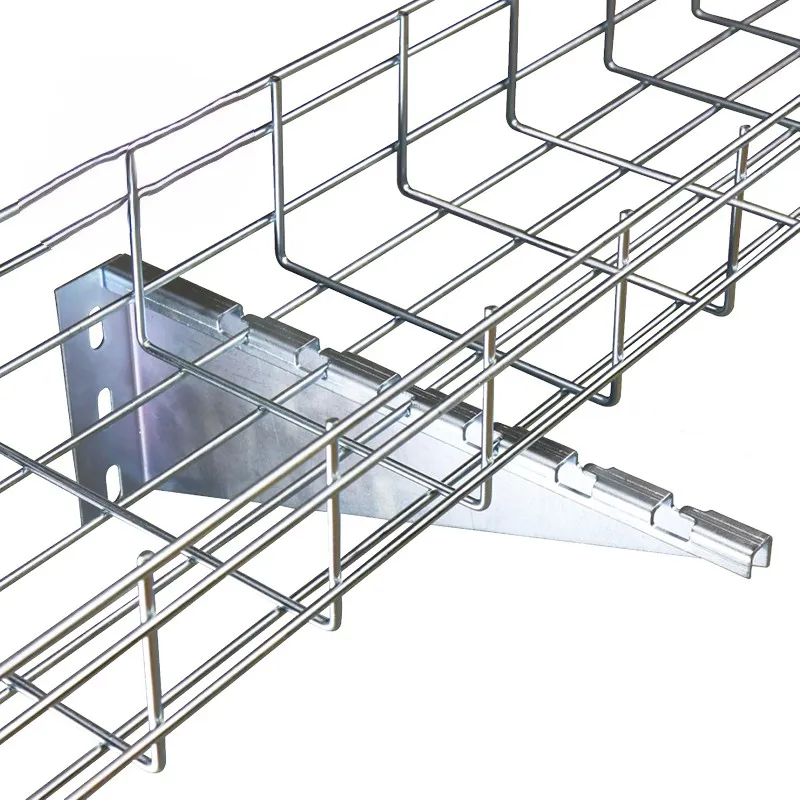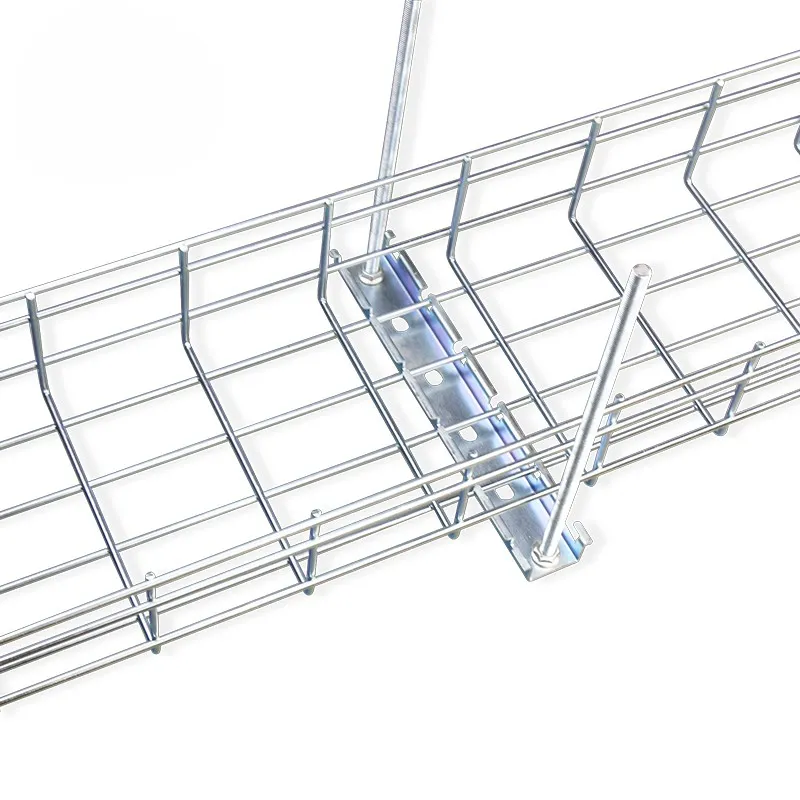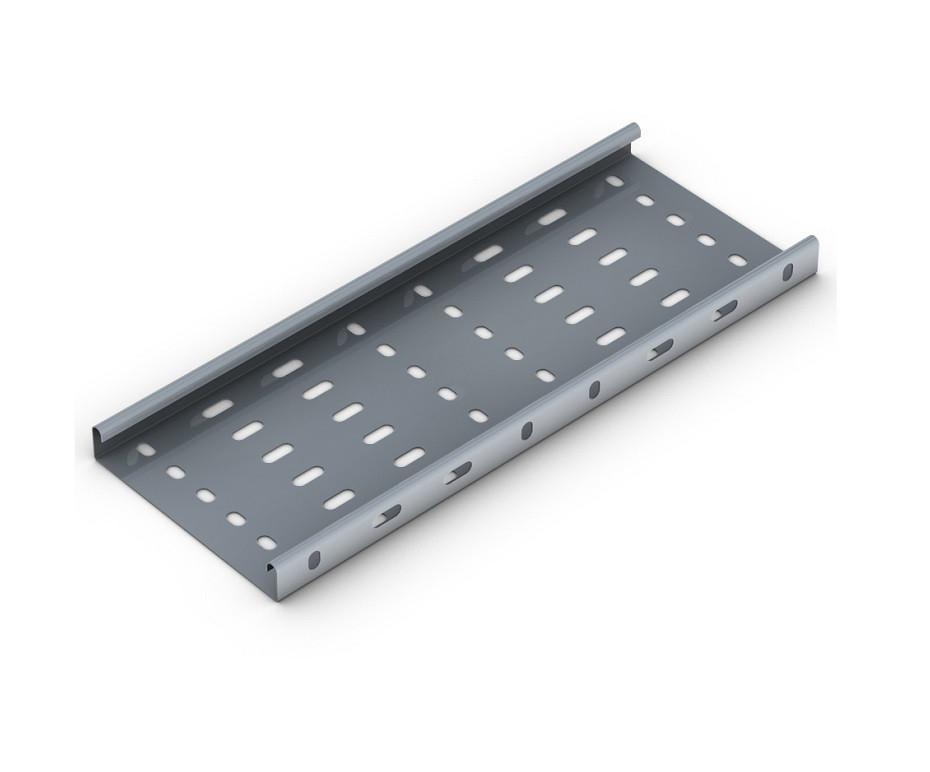Cable trays are an essential component of modern electrical installations, providing support and protection for cables, wires, and raceways in various settings such as commercial buildings, industrial facilities, and infrastructure projects. They offer a structured and organized way to manage and route cables while ensuring safety and easy maintenance. However, there are certain situations and locations where installing cable trays may not be appropriate or compliant with industry standards and regulations. Here’s a detailed discussion on where cable trays should not be installed:
1. In Hazardous Locations:
Cable trays should not be used in areas classified as hazardous due to the presence of flammable gases, vapors, or combustible dust. This includes Class I, Division 1 and Class II, Division 1 hazardous locations as defined by NEC (National Electrical Code). In these environments, special explosion-proof wiring methods or intrinsically safe systems must be used to prevent ignition sources.
2. Direct Exposure to Extreme Temperatures:
Cable trays are typically designed for standard temperature ranges and are not suitable for installation in areas subject to extreme heat or cold without proper insulation or protection. For instance, they should not be placed directly above open flames, near high-temperature machinery, or in cryogenic applications unless specifically designed for those conditions.
3. Direct Contact with Corrosive Substances:
If there is a risk of direct contact with corrosive chemicals, acids, or alkaline substances, standard cable trays might corrode quickly, compromising their integrity and potentially leading to accidents. In such cases, stainless steel or other corrosion-resistant materials should be used, or alternative protective measures should be taken.
4. Ingress Protection Requirements:
Areas requiring high ingress protection (IP) ratings where cables need to be completely sealed off from water, dust, or other environmental elements may not be suitable for cable trays alone. While some cable trays are rated for outdoor use or wet locations, they may not provide the same level of protection as conduit systems when complete sealing is necessary.
5. Structural Integrity Concerns:
Cable trays shouldn’t be installed in places where structural integrity could be compromised or where they would interfere with building stability. For example, they should not be attached to unstable or weak structures that cannot bear the additional load, nor should they be placed where they could cause damage to hidden utilities like pipes or conduits.
6. Aesthetic or Architectural Limitations:
In architectural spaces where aesthetics play a critical role, visible cable trays might not be preferred due to their industrial look. Alternative concealed wiring methods or aesthetically pleasing cable management solutions might be more suitable.
7. Radiation Zones:
In radiation-prone areas such as nuclear power plants or medical treatment rooms, standard cable trays might not be suitable because they might not provide adequate shielding against radiation. Special radiation-resistant cabling and containment systems would be required.
8. High-Vibration Environments:
Installing cable trays in areas with heavy vibration, such as near large machinery or on moving structures, could lead to wear and tear or even dislodging of cables over time. Special vibration-resistant cable supports or conduit systems might be needed.
9. Outdoor Installations Without Proper Weatherproofing:
While outdoor-rated cable trays are available, they still require appropriate weatherproofing if exposed to rain, snow, or ice. Direct exposure to the elements without any form of covering can lead to accelerated deterioration and potential electrical hazards.
10. Accessibility and Safety Concerns:
Cable trays should not be installed in locations where they pose a safety hazard to people or obstruct emergency exits or access routes. They should also be installed at heights and positions that comply with OSHA requirements to avoid trip hazards and ensure easy access for maintenance and inspection.
In conclusion, while cable trays are versatile and useful in many applications, it is crucial to assess the specific environment and circumstances before installation. Always adhere to local codes, standards, and best practices to ensure both safety and longevity of your electrical system.




